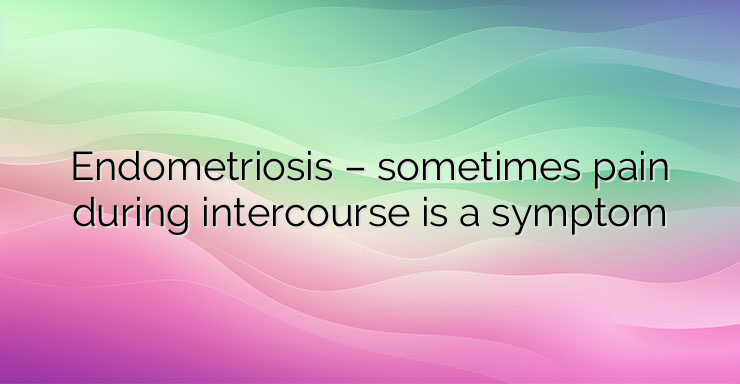Endometriosis is a pathological condition in which endometrial tissue is present in atypical locations. The endometrium is the innermost layer of the uterus, also called the endometrium. From the onset of the first to the last period, this mucous membrane undergoes cyclical changes associated with different levels of the hormones estrogen and progesterone. These changes are expressed in the “swelling” of the endometrium in order to receive the fertilized egg, and when one is not available, the functional layer of the uterine lining begins to gradually separate – menstruation occurs. In endometriosis, such functioning endometrial tissue can be found in many atypical locations. Most often, these are endometriosis of the genital area – the muscular layer of the uterus (adenomyosis), ovaries, fallopian tubes, the attachment apparatus of the uterus, etc. In more remote areas – the small intestine, lung, etc., the disease state is observed during progression, untimely treatment and rarely as a primary localization of endometriosis. What distinguishes the normal endometrial mucosa from the endometriotic “islands” are the asynchronous changes of the latter. Therefore, they also “menstruate”, but are not subject to cyclical regulation. The separated blood in the abdominal cavity is encapsulated and pseudocysts are formed, which increase in volume over time, and at the same time provoke chronic inflammation, leading to adhesions with the surrounding tissue, which also contribute to the clinical manifestation of monometrosis. NEWS_MORE_BOX Interestingly, there is no strictly defined relationship between the severity of symptoms and the degree of development of the disease. The most common symptoms are as follows: Secondary dysmenorrhea – painful menstruation, and the pain may not be synchronized with the days of genital bleeding. It is characteristic of this pain that it is difficult to be affected by banal painkillers. Pain during intercourse – is mainly associated with the newly formed adhesions and, accordingly, the fixation of the uterus, fallopian tubes and ovaries Sterility – is mainly provoked by the adhesions of the fallopian tubes and ovaries; with deep endometriosis of the ovary, “bloody” cystic formations (“chocolate cysts”) are formed in the parenchyma of the latter, and the final result of this may be consumption of the entire ovary. Endometriosis is a relatively common disease in women of sexual maturity, which hides its dangers and is important to diagnose as early as possible. And that’s why regular annual check-ups with a gynecologist are important. Be sure to share all your complaints with the specialist.


Leave a Reply